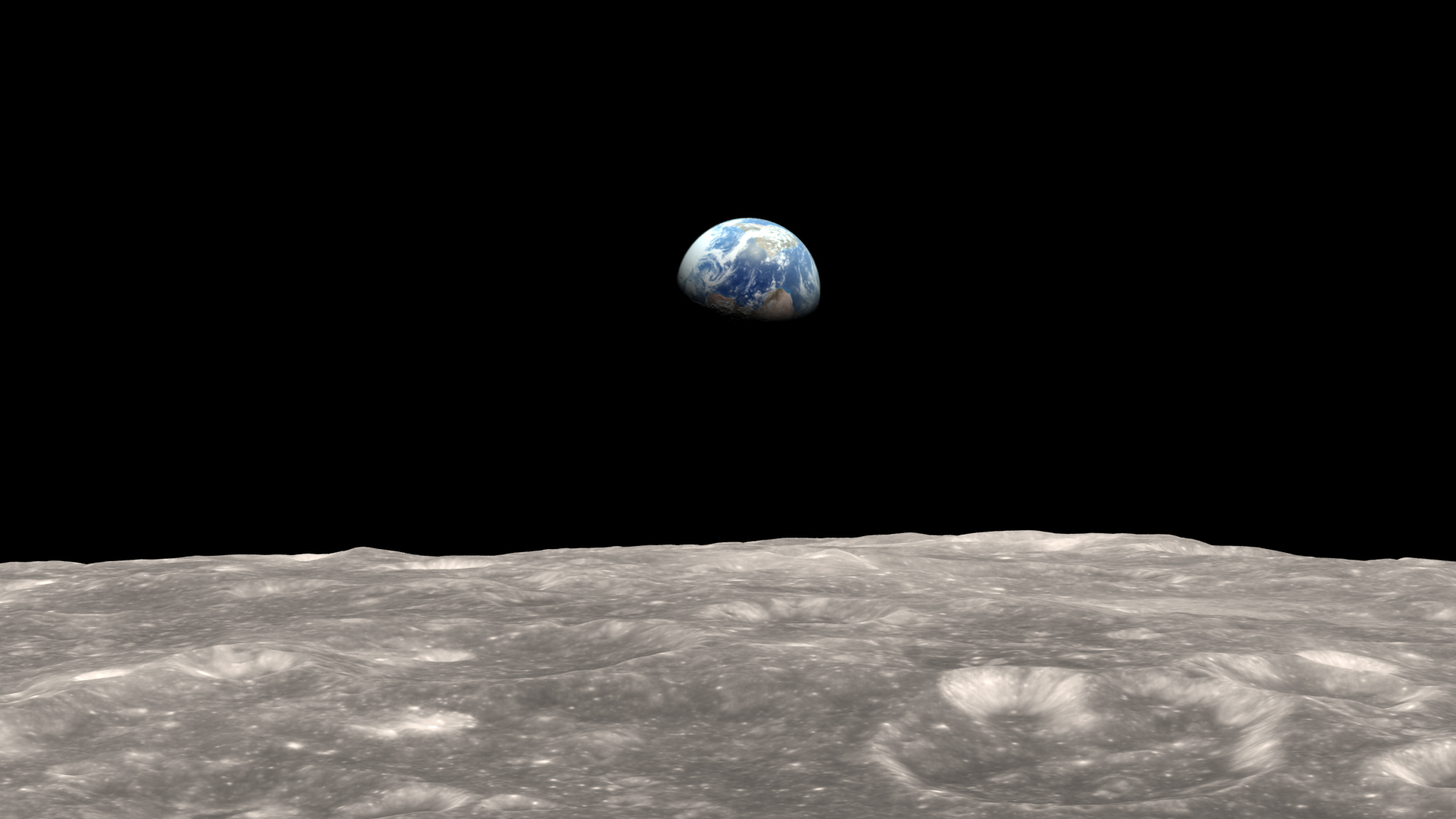= ASTRONAUTICAL EVOLUTION =
Issue 121, 1 January 2016 – 47th Apollo Anniversary Year
| Site home | Chronological index | About AE |
A Strategic Goal for Humanity on Earth and in Space in 2061
What should we be telling our schoolchildren during and after Tim Peake’s flight to the ISS?
In my previous post I was critical of the UK space strategy’s focus on Tim Peake’s mission to the ISS. But what should we offer in its place?
It’s time to stop being timid about what spaceflight means for the human future. Any strategy needs a well-defined goal in order to draw up an efficient plan of work towards that goal. So let us state where we could be in 2061, the centenary of Yuri Gagarin’s first flight into space, if we address the question of our legacy to future generations with the robustness it deserves.
In 2061, just 45 years in the future and within the working lifetime of today’s schoolchildren and university students…
- 10,000 people visit low Earth orbit every year – some for microgravity research and manufacturing, most for space holidays – staying at one of a dozen commercial space stations.
- The cost per person has fallen to 100 times lower than today, thus around $500,000 for a week in space.
- The rockets they fly on are fully reusable and operated like commercial airliners are today.
- Of those 10,000, 1000 people/year transfer onto one of several Earth-Moon cycler hotels and view the Moon from close up.
- Of those 1000, 100 people/year visit the lunar surface, again with adventure tourism the main economic driver.
- Regular robotic sorties to the lunar poles and to near-Earth asteroids are bringing back water for radiation shielding, life support and rocket fuel, building up a space economy independent of Earth which can supply vehicles and stations in Earth orbit, Mars orbit, or anywhere inbetween.
- The first manned expeditions have arrived on Mars, using spacecraft, rockets, life-support and other systems which are already in production for a range of commercial applications, and are therefore technologically mature and reliable enough for multi-year missions away from Earth. Extensive experience with low gravity environments, in rotating stations and on the Moon, has allowed the health aspect of Martian gravity to be properly understood before setting out.
- A million people are living in non-polluting, self-sufficient cities on Earth, in deserts and on artificial islands, whose recycling technologies and social structures require little modification to work on other worlds, allowing plans for the first permanent human settlement on Mars to be finalised.
- Large-scale solar and nuclear power stations supply civilisation with long-term sustainable energy both on Earth and in space and on other worlds.
- Improved electronic media and communications have increasingly empowered individuals to challenge vested interests, reducing the power of commercial monopolies and political tyrannies and further liberating the human creativity needed for the giant leap into space.
- Humanity is increasingly united by a global culture which understands the cosmic perspective of the smallness and fragility of our mother planet Earth in the universe, the precious nature of life in all its wide variety of forms, the value of intelligent creativity, and the infinite future open to our descendants.
- The first robotic interstellar probes have departed to explore the nearest stars.
You can help to build this future!
I challenge astronaut Tim Peake and the UK Space Agency to endorse this view of our future prospects, or else to produce a better one!
What people are saying so far:
- Astronaut Tim Peake: “Somewhere in Manchester, Cardiff, Newcastle, Liverpool, Glasgow, Belfast, London or Birmingham there is a young boy or girl who will hopefully fulfil their dream like I am going to do.” – Only one, Major Tim?
- Elon Musk: “In terms of thousands of flights per year… I think probably 20 years, for thousands of flights. And I think we can probably get to the hundreds of flights level in about 12 to 15 years.” – From the man whose company was the first to bring back the first stage of an orbital rocket and soft land it at the spaceport.
- The United Launch Alliance: “The key to the long-term success of the space enterprise is creating a self-sustained economy. CisLunar-1000 is one idea or model for how such a self-sustained economy could be accomplished. The ‘1000’ refers to a thousand people potentially living and working in space within the next thirty years.” – Published 11 January, introduced by Tory Bruno, CEO of ULA.
Please send in comments by e-mail.
Interesting and relevant comments will be added to this page.
| Site home | Chronological index | About AE |
